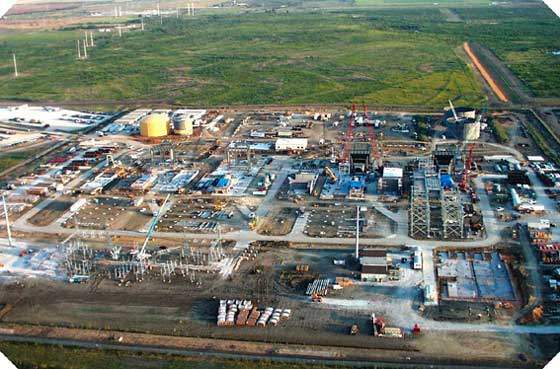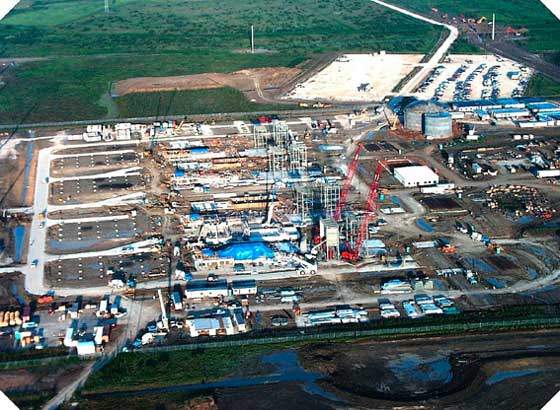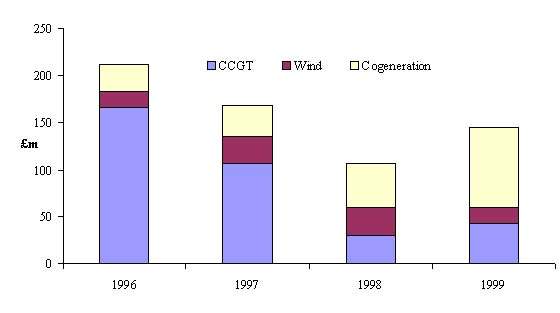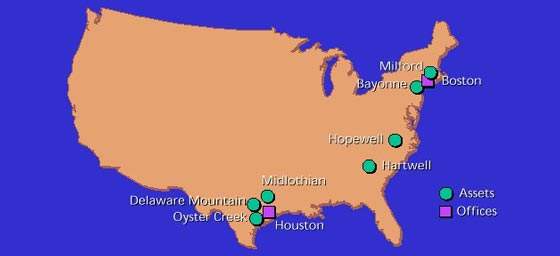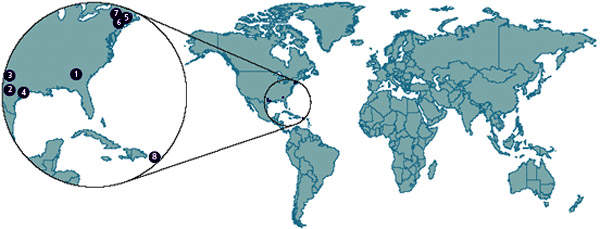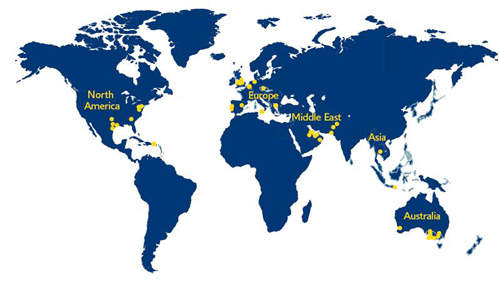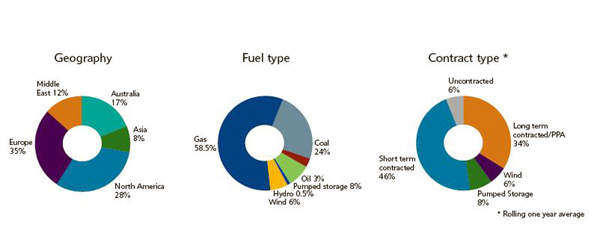A combined-cycle gas plant is now producing 1,650MW in Midlothian, Texas, US. It was ordered in 1998, and the last units came into production in December 2001. The cost of the project is estimated at more than $400m, and Midlothian delivers its energy into the Texas ERCOT market (Electricity Reliability Council of Texas).
The station received an Environmental Excellence award from the Texas Commission of Environmental Quality in recognition of its low emission combustion technology and air cooling.
Midlothian is a combined-cycle gas plant that was funded by American National Power (a subsidiary of the UK-based National Power and now called International Power). Midlothian was ANP’s first greenfield development in the US. National Power is a large UK power generation company and expanded aggressively in the US and other markets.
This has been partly to escape toughening regulation in the UK, and partly to exploit higher demand markets around the world. Traditionally, it has concentrated on emerging markets such as Eastern Europe, but in recent years it has also increasingly looked at the US market.
MIDLOTHIAN PLANT DETAILS
In 1998 ABB was awarded the turnkey contract to build the plant in Midlothian. The contract cost above $400m, and was placed by American National Power.
ABB supplied four GT24 gas turbines and associated steam turbines, electrical generators and heat recovery steam generators. Thus, the company is producing all the necessary equipment as well as managing the project, installing the equipment, procuring, constructing and commissioning. The GT24 was ABB’s largest heavy-duty turbine for the 50Hz market, and can achieve efficiency of 39.1% in simple cycle and 58% in combined cycle.
The heat recovery steam generator was supplied by ABB Combustion Engineering Boiler Systems of Windsor, Connecticut. ABB Power Generation of Midlothian (Virginia) handled the gas turbine assembly, civil works and construction. Other ABB subsidiaries provided other elements of the project.
Lauren Engineers & Constructors erected the four HRSGs. These are ABB 1,100,000 pound per hour dual-pressure HRSGs. The scope of work included all Section I ASME code work, supports, access structures, inlet and outlet duct work, stacks, SCRs, instrumentation and electrical associated with the HRSGs. Lauren is owned by parent company Lauren Holdings.
CONNECTED UP TO TEXAS GRID
The Texas grid was set up in August 1996 and covers around 85% of Texas. It aimed to improve security of supply, transmission efficiency, and coordination of future transmission planning.
The Midlothian plant was originally designed with 1,100MW output, but this was later expanded to 1,650MW. Under a two-year power purchase agreement, the entire output from the plant was initially sold to TXU Utilities. Midlothian plant’s full capacity was then placed on the merchant market. The Venus substation nearby formed a gateway to the Texas grid.
TEXAS POWER MARKET
The Texas power market showed further signs of recovery during 2005 as pricing levels increased from the low levels in 2003 and 2004. Market prices improved, driven by the demand for peak power (up 3% to 60,300MW), a warm summer and a reduction in surplus generation following the retirement and mothballing of inefficient plants in 2004 and 2005.
In Texas, gas-fired generation typically sets the marginal price for power, which means that the relatively high efficiency of IPC’s gas-fired plants provides an economic advantage when gas prices are high.
Midlothian is among the largest gas-fired plants in the ERCOT market which has total capacity of 78,900MW including coal/lignite, nuclear, wind, hydro and gas-fired plants. As older, less efficient plants have been retired or mothballed, Midlothian has provided an increasing amount of power to the market. In 2005 the plant operated at a capacity factor of 55%.
THE AMERICAN MARKET AND TEXAS
At the time of construction International Power (then National Power) was expanding in the American market in general, but had specific reasons to advance in Texas. The Texan electricity supply network has relatively little connection with the rest of the country.
This tends to push both the need for generating capacity, and prices, up. The first goes up because the utilities need a greater margin to ensure security of supply. The second is because of the inherent limitations on supply in such an ‘island’ situation.
National Power at the time estimated the needs of the area at more than 50,000MW. Much of this came from older plants which had to be replaced.
The liberalisation of the US electricity market was a further encouragement to merchant power plants.
In the UK, liberalisation saw an explosion of gas plants such as the Midlothian facility driven by the technology’s low price. The region was widely perceived as being a hot prospect for additional capacity, with several companies interested in erecting power plants in the state.
In the case of the Midlothian plant, Texas utilities agreed to purchase 1,000MW of electricity for at least two years.

